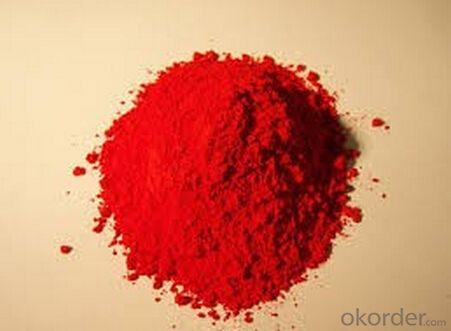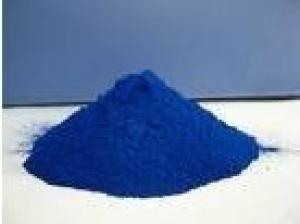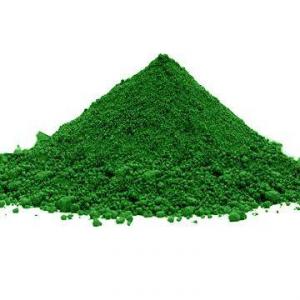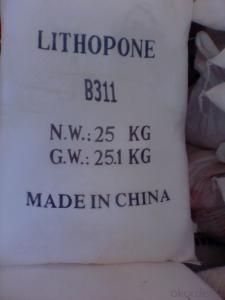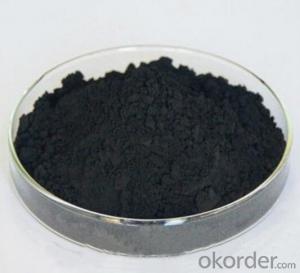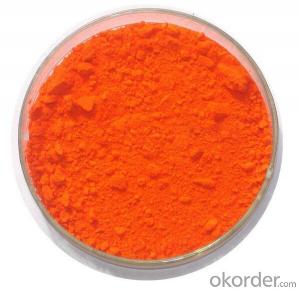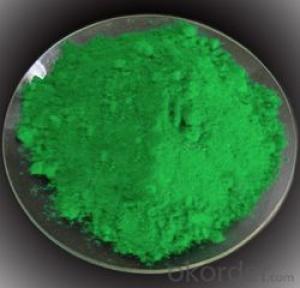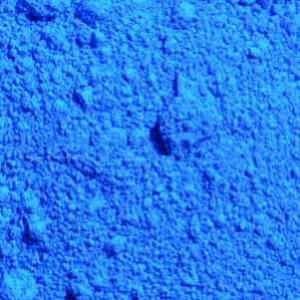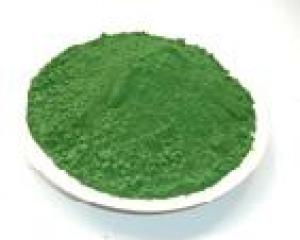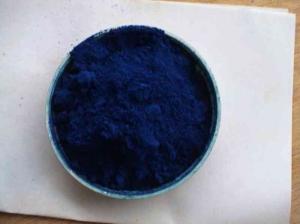Cadmium Red Pigment Pigment Organic Powder
- Loading Port:
- Tianjin
- Payment Terms:
- TT OR LC
- Min Order Qty:
- 500 kg
- Supply Capability:
- 6000000 kg/month
OKorder Service Pledge
OKorder Financial Service
You Might Also Like
Specifications Cadmium Red:
- Heat resistance: 400~900'C
- Light fastness: Grade 7
- Weather resistance: Grade 5
Cadmium Red Pigment
(More requirements, please contact us freely)
Cadmium Red Information:
Chemical name: Cadmium Red Pigment
Color Index Name: Pigment Red 108
C.I. No. : 77202
CAS No. : 58339-34-7
Physical Form: Red Powder
Crystal Pattern: Spinel Pattern
Cadmium Red Chemical Composition:
CdS.CdSe / CdS.HgS
CdS.CdSe.BaSO4 / CdS.HgS.BaSO4
Characteristic of Cadmium Red:
Red Powder, more or less, non-solube in water, alkali, organic solvents, slightly solube in diluted hydrochloric acid, solube in concentrated acid and Emits virulent gas H2Se and H2S. This product is non-flammable, non-corrosiveness, non-explosion hazard.
Applications Cadmium Red:
Cadmium Red is ideal red pigments for applications of enamelware and glass industry. Cadmium Red can be widely used in applications of plastics, masterbatches, ceramics, coatings, rubber, leather, artist colors as well as construction materials.
Cadmium Red have better color durability than Cadmium Yellow, are suitable for coloring outdoor products, such as automobile coatings and high grade baking varnish. Our Cadmium Red is almost suitable for all resins and plastics colors. Includes: ABS Plastics, POM, ammonium aldehyde, fiuoro-plactics, nylon, polyamide, polycarbonate, polyethylene, polypropylene, polystyrene, epoxy, PUR Polyurethane, UP Unseturated polyester, organic glass (PMMA), crude rubber and silicone rubber, etc.
Cadmium Red Main Technical Data:
Index Name | Specification |
Light Fastness (Grade) 1-8 | 7 |
Weahther Fastness (Grade) 1-5 | 5 |
Residues on 400 mesh seive % | ≤0.1 |
Oil Absorption g/100g | 16-23 |
Density g/m3 | 4.7-5.1 |
Water-soluble material % | ≤0.2 |
Moisture % | ≤0.2 |
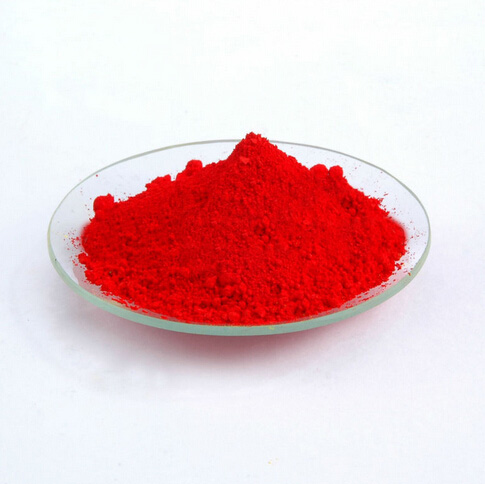

- Q: What is the difference between dyes and pigments? Could you give some examples of each one please.
- Dye is used to change the color of things, like cloth. A pigment is like the color and texture of your skin. Or the color in paint.
- Q: What is better, Mac eye pigments or the regular eyeshadow? Also, has anyone tried the mixing medium solution?
- The pigments are purer colors that are MUCH more intense and longer lasting. I've got it in two colors. It's great.
- Q: I am about to purchase a bunch of MAC pigments and I have noticed that they all look glittery, is this just the kind that i am looking at? I know they are versatile, so that is why i want to buy them. And it seems as though they will last longert than eyeshadow...
- I use MAC pigments. MAC pigments are just that- pigment. They are highly concentrated loose color. I use them as eyeshadow, but they're not the same thing as eyeshadow. As I said, they're highly concentrated, so a little goes a long way. MAC pigments cost like $20 each, but that little jar will last you a LONG time. You can use pigments for just about anything. For eyes, lips, cheeks, highlighting, contouring, etc. Pigments are what they use to make eyeshadow, blush, lip gloss, etc., of course in those cases they just add extra additives into it. The pure pigment really lets you control it. A simple blue can be a light wash of color or it can be an intense vivid blue. You can't achieve that with eyeshadow, so that's why I'm a loyal pigments user. Also, if you don't have it, I really suggest getting good brushes. Some people try to use sponge applicators for pigments, and it does NOT work. The loose pigments really require good brushes. Also be prepared for fallout! That, of course, means when some flecks of pigment go onto your cheeks from the loose powder. Have a powder brush ready, just brush away the fallout, and that's that. Some people are annoyed by it, but I prefer the control of color over having to deal with fallout. Anyway yes some of them are glittery, but some of them can be very matte. Are you looking online or in the stores? I suggest going into the stores and asking which ones are matte, or trying some out while you're there. Some are shimmery, there are even pure glitter pigments, but some are also matte and non-glittery. Go to a store and see for yourself. As you said, they are very versatile, they last a long time, and to me it's so much better than eyeshadow.
- Q: What is a pigment and their function in photosynthesis?
- a pigment is any substance that absorbs light. chlorophyll, the green pigment common to all photosynthetic cells, absorbs all wavelengths of visible light except green, which it reflects to be detected by our eyes. black pigments absorb all of the wavelengths that strike them. white pigments/lighter colors reflect all or almost all of the energy striking them. pigments have their own characteristic absorption spectra, the absorption pattern of a given pigment. a photosynthetic pigment or chloroplast pigment is a pigment that is present in chloroplasts or photosynthetic bacteria. its function is to capture the light energy necessary for photosynthesis. :)
- Q: does photosythesis requier pigment moulecuels?
- Pigments are needed, because they absorb the energy from the light. Different chlorophylls absorb different wavelengths. When pigment absorbs the photon, it releases an electron, which is used in photosynthesis as energy. Without pigment the light would just past through or reflect and no energy would be left to the cell to be turned into sugar.
- Q: what is pigment?
- a pigment has some kinds like biological pigment and arsenic pigment. i dont know much about the arsenic pigment. i would just tell something about the biological pigment. in biology, pigment is any material resulting in color of plants or animals cells. many biological structures like eyes,fur,hair and skin contains pigments like melanin in specialized cells called chromatophores.
- Q: i bought the new neon pro pigments from mac , well 5 out of the six and i also bought 'basic red'i want to use these as eye shadows but i dont know howi also bought mac mixing medium for face and body but lol , i dont know how to use any of this stuffwhat can i do to use this stuff i mean will it turn out like regular eyeshadow if i use it right? will there be a shine to it? it will reduce fall out? should i put the mixing medium on my eye first , then let dry?do i need to possibly press the pigments in a pot with some kind of eye shadow liquid?i also bought the mascara mixing medium but want to know exactly what to do with thatand also , can i mix any of the pigments with lipgloss?http://cn1.kaboodle /hi/img/2/0/0/119/a/AAAAAlrx1LUAAAAAARmgiA.jpg
- look on youtube they have all the answers!
- Q: what roles do pigments have in energy transfer?
- Pigments okorder /... When a photon of just the right amount of energy strikes an electron resonating in the pigment, the electron can absorb the photon and get promoted to a higher quantum level. The photon must have just the exact amount of energy to boost the electron from its current level to its new level or it cannot be absorbed. If the incoming photon is just right to promote an electron, in that pigment, the newly energized electron resonates along the bonds at the higher energy level where it can pass to the photosynthetic reaction center from the pigment array, to split water and take back an electron. Meanwhile the chlorophyll's electron passes to the electron transport chain to begin oxidative phophorylation.
- Q: is it the ink on regular printers?
- Some printers use only pigmented ink. Others use dye based and then some use a combination of both. Dye based ink is basically water based with a dye added to it. Pigmented ink has a solvent base with dye added. Pigment ink and dye based ink have both advantages and disadvantages. Dye based ink have better colors but pigment are more water and fade resistant. Dye based inks are therefore better for photos. I have a printer that has 4 dye based inks and a black pigment ink. Mine uses the dye based black and colours for pictures and the pigmented black is used for text. So the answer is yes. Pigmented ink is used in some regular printers.
- Q: If they are not the same, then what is the difference? Please help me out here.
- Yes, tannins are pigments but they aren't really the main plant pigment. Plant pigments usually refer to photosynthetic pigments (chlorophyll, carotenoids, etc.). These photosynthetic pigments give the leaves their green color (or yellow/orange in the fall). Tannins are non-photosynthetic phytochemical (involved in plant metabolism and internal functioning), but they are also a pigment. Tannins (and lignins) are brown. This is was gives dead leaves and wood their color. Tannins also leach out of the leaves when soaked in water (same process as brewing a cup of tea). So tannins are pigments when they leach out of leaves and stain water (or other things) brown, but they are not photosynthetic plant pigments. In other words, it depends on what context you are calling a tannin a pigment. In a live plant they are not a pigment (judgment call here). In a dead leaf or when they leach out of a leaf they are a pigment.
Send your message to us
Cadmium Red Pigment Pigment Organic Powder
- Loading Port:
- Tianjin
- Payment Terms:
- TT OR LC
- Min Order Qty:
- 500 kg
- Supply Capability:
- 6000000 kg/month
OKorder Service Pledge
OKorder Financial Service
Similar products
Hot products
Hot Searches
Related keywords




